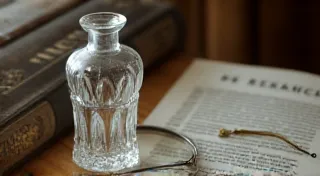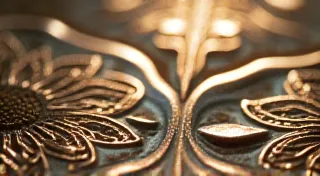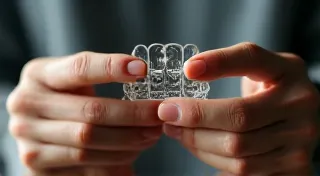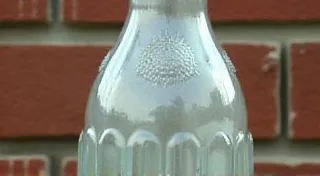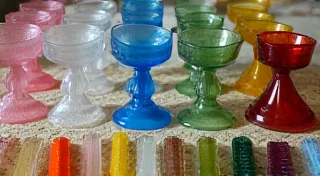How to Research and Authenticate Antique Glassware
Identifying and acquiring antique glassware can be a deeply rewarding hobby. However, with the rise of reproductions and fakes, it's crucial to develop a methodical approach to research and authentication. This guide will outline the essential steps to help you confidently identify and authenticate antique glassware pieces.
1. Initial Observation and Documentation
Before diving into research, carefully examine the piece. Document everything you observe. This includes:
- Color: Note the precise hue. Antique glass colors often differ subtly from modern reproductions.
- Shape & Size: Record the overall form and dimensions. Compare them to known patterns and manufacturers.
- Mold Marks/Seam Marks: Examine the glass for evidence of the manufacturing process. Early glass was often hand-blown, resulting in irregular shapes and prominent seams. Later, machine-blown glass exhibits more consistent shapes.
- Pontil Mark: Look for a small, rounded mark on the bottom of the piece. This is the remnant of the pontil rod used to hold the glass during blowing. Absence of this mark does not necessarily indicate a reproduction, but presence is a clue.
- Surface Imperfections:** Bubbles, swirls, and other minor imperfections are common in antique glass.
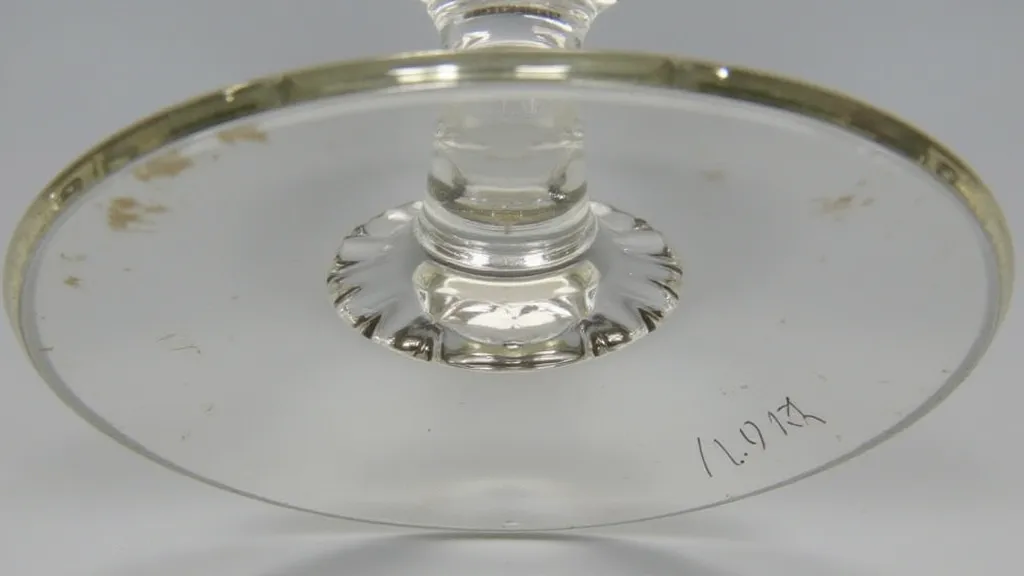
2. Pattern Identification
Once you're familiar with the physical characteristics, begin the pattern identification process. Here are some valuable resources:
- Pattern Books & Catalogs: Numerous books and online resources catalogue antique glassware patterns. Look for detailed descriptions, illustrations, and manufacturer information.
- Online Forums & Communities: Antique glassware forums and Facebook groups are teeming with knowledgeable enthusiasts willing to offer assistance. Provide clear photographs and detailed descriptions of your piece.
- Auction Catalogs: Auction houses specializing in antiques often feature well-documented glassware. Studying auction catalogs can provide valuable insights into pattern identification and rarity.
3. Manufacturer Research
Identifying the manufacturer is a critical step in authentication. Certain manufacturers are known for specific techniques or styles.
- Factory Marks: Some manufacturers applied marks to the base of their glassware. Research these marks to determine the manufacturer and approximate production date. Be aware that marks can be worn, altered, or even forged.
- Style & Technique: Research the manufacturing techniques and stylistic tendencies of different glass manufacturers. This can provide clues even in the absence of a visible mark.
- Historical Context: Consider the historical context of the piece. When was it likely produced? Which manufacturers were active during that period?
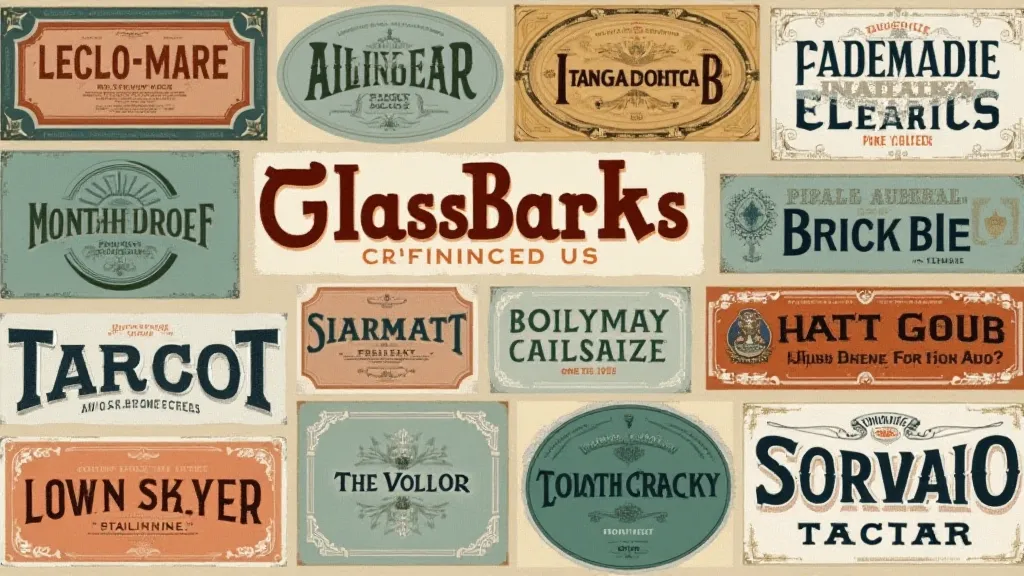
4. Authentication Considerations
Authentication is more than just pattern and manufacturer identification. It involves a holistic assessment of the piece's characteristics.
- Glass Composition:** While difficult for the average collector, analyzing the glass composition can sometimes differentiate between genuine antique glass and modern reproductions.
- Weight and Feel: Genuine antique glass often has a different weight and feel compared to modern equivalents due to variations in glass composition.
- Damage & Repair: Examine the piece for signs of damage or repair. While damage doesn’t necessarily invalidate a piece’s authenticity, it can affect its value and should be documented.
- Provenance:** A documented history of ownership (provenance) can greatly enhance a piece’s credibility.
5. Seeking Expert Advice
When in doubt, consult with a qualified antique glassware expert or appraiser. They possess specialized knowledge and experience that can provide definitive answers. Be prepared to provide detailed information and high-quality photographs.
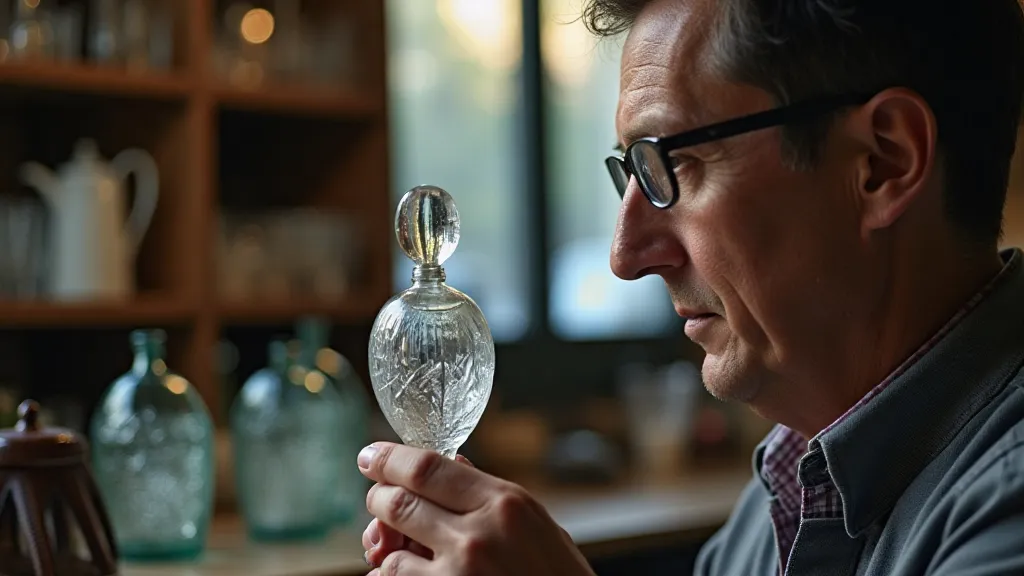
Authenticating antique glassware requires patience, research, and a keen eye for detail. By following these steps, you can significantly increase your chances of acquiring genuine, collectible pieces.
